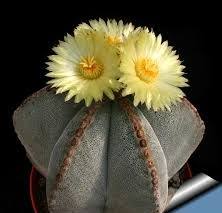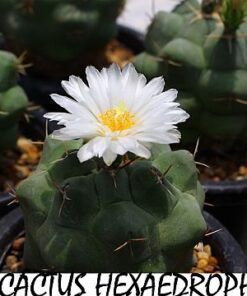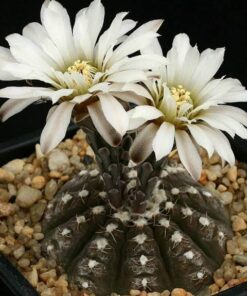Ariocarpus Seeds Mix pack of 10 seeds
₹249.00
Out of stock
Email when stock available
SKU: AriocarpusMix
Category: cactus and succulent seeds
Growing Ariocarpus from Seed
Ariocarpus Seeds is an interesting group of slow-growing cacti that are native to Mexico and Texas. The strange plants are much in demand among collectors due to their rock-like appearance and lovely flowers. While they can be difficult to grow, Ariocarpus grown from seed can be a highly rewarding experience. If you give them the proper conditions and a bit of patience, it is not so hard to raise these exotic cacti at home.
| Number of Seeds | 10 seeds |
|---|---|
| Temperature | Above 30C |
| Blooming Month | April To Dec |
| Sowing month | Feb to Oct |
| Sun | Full sun except may june |
Ariocarpus Seeds Choosing the Correct Seeds
Begin by buying fresh, good-quality seeds from a trusted supplier. Not-so-fresh seeds can have poor germination, so search for newly harvested ones. Because Ariocarpus seeds are very small, handle them with care to prevent loss.
Preparing the Growing Medium
Use mineral-based well-draining potting soil mix. Mix pumice, sifted potting mix, and fine sand. Do not use organic materials such as peat, which holds too much water. Sterilize the soil by oven drying at 180°F (82°C) for approximately 30 minutes. This will kill insects and fungal infection.
Ariocarpus Seeds Sowing the Seeds
Water the soil lightly before planting. Plant the very tiny seeds thinly on the surface and do not cover them. Give a loose dust sand or crushed stone covering to hold them in place. Cover the pot with a clear cover or plastic wrap so that the air is kept humid.
Ariocarpus Seeds Providing the Right Conditions
Ariocarpus seeds require heat and humidity to germinate. Keep the temperature between 75-85°F (24-29°C). Provide indirect light or a 12-14 hour grow light cycle. Keep the humidity high but have air flow present to avoid mold.
Germination and Early Care
Seeds usually germinate in two to six weeks. Once they have emerged, gradually open up ventilation by lifting the cover slightly. Water with shower without disturbing seedling. Avoid overwatering, as this will rot them.
Ariocarpus Seeds Transplanting and Growth
Six to twelve months later, seedlings are more established and can now be potted into separate pots. use well drained soil mix. Maintain the strong, indirect light as well as regulated watering. Ariocarpus cacti are slow growers, so just wait patiently. A few years should be visible growth.
Long-Term Care
The topic plants need decreasing amounts of water as they mature. Let the soil dry out completely between waterings. In winter months, cut back on watering even more since the plants are in their resting period. Water lightly during growing season with weak cactus fertilizer.
Ariocarpus Seeds Enjoying the Rewards
Seeds may be cultivated with braizing but it takes time, but the pleasure that these cacti flower due to your efforts makes all the effort worthwhile. Taking proper care of them, one day you will be rewarded with lovely starry flowers. If it is your first time or not, growing Ariocarpus is a thrilling experience.
| Color | Mix |
|---|---|
| Germination Level | Hard |
| Hybrid or Open Pollinated | Open Pollinated |
| Growth Pattern | Up right Straight |
| Ideal location | partial sun with white net |
| Origin Country | India |
Be the first to review “Ariocarpus Seeds Mix pack of 10 seeds” Cancel reply
You must be logged in to post a review.
Related products
cactus and succulent seeds
₹249.00
cactus and succulent seeds
Gymnocalycium mihanovichii seeds Variegated Seeds pack of 15-20 seeds
₹99.00
cactus and succulent seeds
₹199.00
cactus and succulent seeds
₹199.00
cactus and succulent seeds
Thelocactus Hexaedrophorus Seeds rare Cactus Seeds Pack of 20 seeds
₹199.00












Reviews
There are no reviews yet.